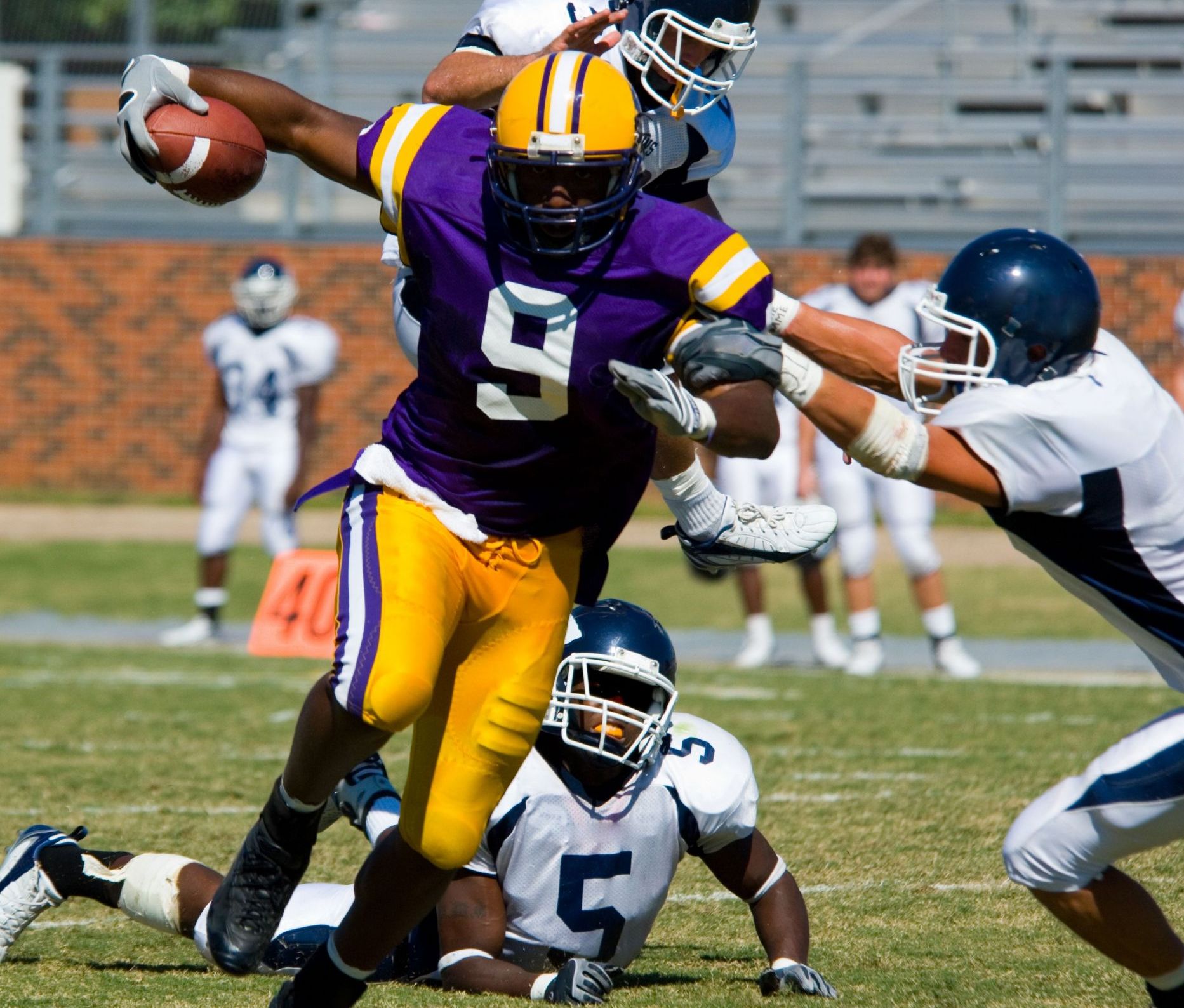, Shoulder instability symptoms vary depending on the cause and type of the instability. As you may recall from an earlier post, there are several different types of shoulder instability.
Shoulder instability symptoms vary depending on the cause and type of the instability. As you may recall from an earlier post, there are several different types of shoulder instability.
Let’s briefly recap:
Shoulder Instability Types
- Traumatic (Subluxation or Dislocation)
- Due to repetitive micro-instability
- Multidirectional instability
Traumatic instability is initially caused by a single traumatic injury. The most common injuries are a fall onto the hand or arm or a violent motion that forces the arm beyond its normal range. This can occur during activities like a football tackle.
The shoulder either completely (dislocation) or partially (subluxation) comes out of the joint. Usually there is a labral tear or some significant injury to the ligaments that normally help hold the two major shoulder bones together.
Repetitive micro-instability refers to the trauma that occurs from frequent more mild strains to the ligaments of the shoulder. There usually is no discreet injury. Rather there typically is a series of subtle events. Many of these may not even be noticed. These smaller injuries combine to cause the shoulder instability symptoms. This form of instability is more common in those who compete in overhead sports like baseball, tennis, volleyball and swimming.
Multidirectional Instability (MDI) is much less common than the other two types. It occurs in patients with preexisting loose joints (double-jointed). There may or may not be a single dramatic injury that initiates the symptoms. Often activities that have previously been performed without problems result in the MDI symptoms.
Shoulder Instability Symptoms
Traumatic Instability
For traumatic instability, the first episode, whether a dislocation or subluxation, is almost always a very painful event. Following a dislocation, there usually will be a noticeable shoulder deformity and an inability to move the shoulder.
See the video below. Enes Kanter sustains a left shoulder dislocation (0.34 sec., slow motion). Notice his shoulder deformity and significant pain.
After these events, there may be some numbness or tingling on the outside of the shoulder or into the hand.
If untreated, the instability episodes can often recur. The subsequent incidents will likely have similar symptoms as the first event, although they may be less painful.
Stiffness, weakness and soreness usually are present after the shoulder has been put back in the joint. In the younger person, these symptoms typically persist for about 3-6 weeks. If recurrent, there usually are no shoulder instability symptoms between episodes. That is, unless the shoulder is forced into extremes of motion.
More rarely in the young and more commonly in older people, large rotator cuff tears and significant breaks in the bones can occur during the instability injury. As a result, the shoulder can remain symptomatic for longer periods of time or until treated. The symptoms in these cases usually are some combination of pain, weakness and reduced shoulder motion.
Repetitive Micro-instability
Repetitive micro-instability usually develops slowly over time. So do the symptoms. The symptoms for this particular type of instability are much more likely to be shoulder pain than a sense of looseness or frank instability. The pain tends to worsen with more activity. On occasion, numbness or a brief “electrical shock” felt radiating down the arm can occur while performing the activity that has caused the symptoms. These “nerve” symptoms are typically short-lived. They usually resolve quickly without treatment.
The shoulder instability symptoms of multi-directional instability are frequently a combination of those found in the other two forms of instability. Often there is some pain as well as instability. Actual dislocations are rare, but subluxations are common. Like in repetitive micro-instability, these symptoms also often progress with more frequent activity.
The take home lesson…If you have had any of these shoulder instability symptoms, you should see your Orthopaedic Sports Medicine doctor. Sometimes delay can cause further problems. At the very least, a well-trained Orthopaedic Sports Medicine doctor can get you on a path to feeling better. :-)
